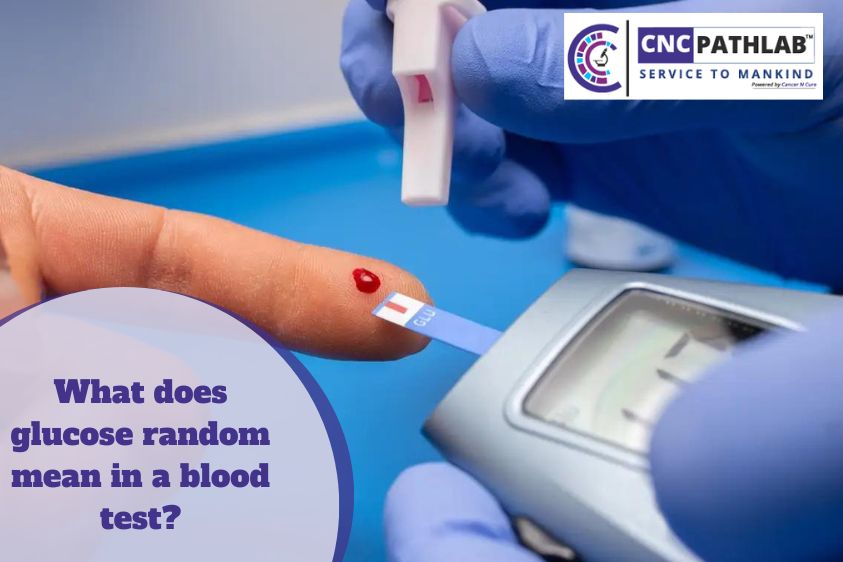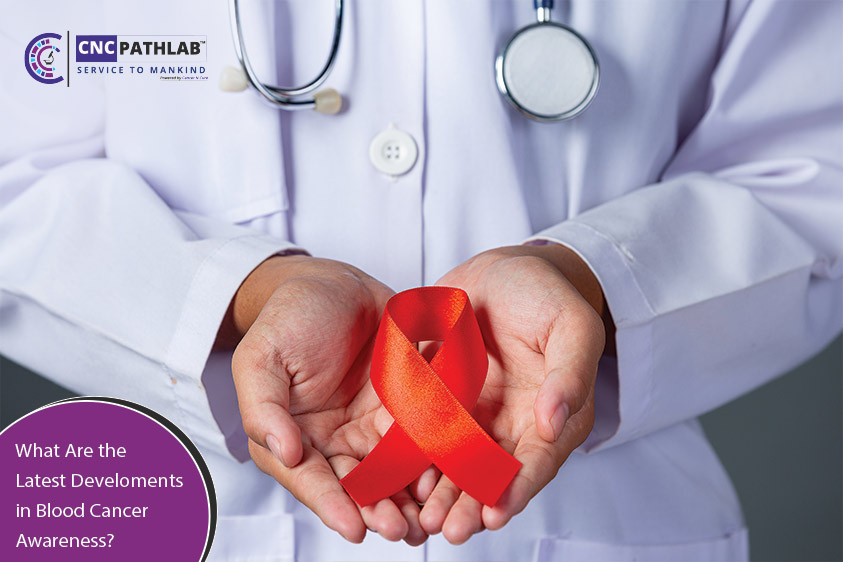What Does Glucose Random Mean In A Blood Test?
A random glucose test is one method for measuring the amount of glucose or sugar circulating in a person’s blood.
Doctors perform this test and use the result to determine whether a person is likely to have diabetes. While other tests may be necessary to confirm a full diagnosis, a random glucose test may help a doctor decide if additional testing is needed.
WHAT IS RANDOM GLUCOSE TESTING?
Random glucose testing measures a person’s blood glucose levels at any given point in the day. Blood glucose is also known as blood sugar.
Many blood tests for diabetes involve either fasting or continuous monitoring, but this test does not.
It is useful for people who need a speedy diagnosis, such as those with type 1 diabetes who require urgent supplementary insulin.
HOW DOES THE TEST WORK?
Glucose is a form of sugar. It is the body’s primary energy source and fuels every cell — including those in the brain, heart, and muscles.
Glucose mainly comes from the food and drink people consume. The body also breaks down stored forms of the carbohydrate glycogen into glucose.
The body works continuously to keep the amount of blood glucose at optimum levels. It produces a hormone called insulin to achieve this, which helps glucose get into the cells that need it for energy.
A person with type 1 diabetes does not produce insulin as their body no longer makes insulin.
Someone with type 2 diabetes either does not produce enough insulin, or their body does not respond to it appropriately.
When a person does not make insulin correctly, glucose remains in the blood. Hyperglycemia occurs when levels remain consistently high, and hypoglycemia occurs when they are too low.
Random glucose testing is one way of checking glucose levels in the blood. Doctors may perform this test at any time of day.
If the result indicates that a person has higher than expected glucose levels, the doctor will typically order a follow-up test to confirm the diagnosis. This can include:
- Fasting glucose test: This measures blood glucose levels after the person has had nothing to eat or drink for 8 hours. Doctors usually perform this test in the morning before breakfast.
- Oral glucose tolerance test (OGTT): People with diabetes can sometimes demonstrate normal results in the fasting or random glucose tests yet still have diabetes. If a doctor still suspects that a person has diabetes, they may recommend an OGTT. This test also requires that a person not eat or drink for 8 hours. After an initial blood sample, the individual drinks a liquid containing glucose. The doctor then takes more blood samples hourly over the next 2 hours.
A doctor may recommend a random blood glucose test if a person shows symptoms of diabetes. These symptoms may include:
- Urinating more often
- Feeling extremely thirsty
- Feeling very hungry despite eating enough
- Unexplained weight loss
- Extreme fatigue or tiredness
- Blurred vision
- Slow healing of cuts and bruises
Type 2 diabetes can often develop slowly, which might make initial symptoms difficult to detect.
People with diabetes may also experience a sensation of tingling or numbness in the hands or feet, called diabetic neuropathy. This is more likely to occur if a person does not control blood glucose for extended periods.
Doctors measure the amount of glucose in a person’s blood in milligrams per deciliter (mg/dl).
For a random glucose test, a result of 200 mg/dl or above indicates that a person may have diabetes. However, the doctor will usually repeat the test on another day for a more reliable diagnosis.
To help confirm the diagnosis, the doctor may also order different types of tests, such as a fasting glucose test or an OGTT.
The results of a fasting glucose test indicate the following:
- Normal: less than 100 mg/dl
- Prediabetes: 100–125 mg/dl
- Diabetes: 126 mg/dl or above
The results of an OGTT indicate the following:
- Normal: less than 140 mg/dl
- Prediabetes: 140–199 mg/dl
- Diabetes: 200 mg/dl or above


.jpg)


.jpg)
